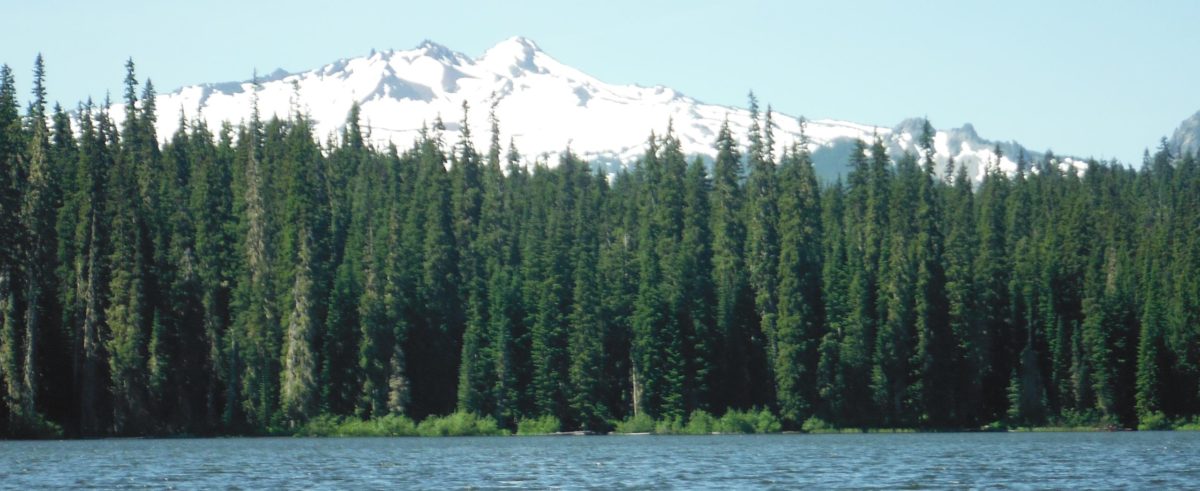I’m a hiker and backpacker, not a mountain climber. But if I can walk up a mountain with little or no scrambling or “technical” difficulty, then I will do it at the behest of others. Thus I can say I’ve hiked to the top of Mt. Whitney in the Sierras (highest point in the continental United States) and a few other middling peaks like Mt. San Jacinto in southern California.
Though I don’t seek out the experience (I’d rather hike to a good fishing spot), I am always glad that I’ve made the effort to get to a mountain top. I totally understand why those places figure so prominently in Scripture as places of prayer and encounter with God. They are beautiful, isolated, and humbling. To see the world spread out beneath you is to be almost forced into praise and humility before the One who made it all.
However, we must not read back into Scripture our modern fascination with the natural beauty of wilderness. Seeing nature as somehow sacred in itself, a kind of natural temple, is the peculiar invention of the late nineteenth century and the romantic poets. Prior to that people of course saw the beauty in wild and lonely places, but they were also just that, wild and lonely, places where fear and loneliness were experienced, places that if possible begged to be tamed by a human hand.
So a mountain top in Scripture represents a place very much apart from human society, a place of withdrawal from ordinary human interaction in order to interact with God. In other words, a mountain top was a good place to pray.
It is only the first two verses of Luke 9:28-36 which records that Jesus’ purpose in climbing what we call the Mount of Transfiguration was to pray. Matthew and Mark do not mention prayer as they tell the story. So as we celebrate the Transfiguration this coming Sunday, I plan to read the account from Luke and talk about where it is that we go to pray.
One might read this text and put it together with what Jesus says about praying in private in Matthew 6:6 and conclude that all prayer is to be done individually and privately. But that would simply ignore all the clear evidence we have in the book of Acts that the first Christians prayed together as the Church. And we must note that while He appears to be the only one praying in the Transfiguration account, Jesus was not alone. He had taken a small prayer group, if you will, with Him to the top of the mountain.
The upshot is that while prayer can certainly take place anywhere, there is a great value, demonstrated by Jesus Himself, in withdrawing for prayer to places set apart from the ordinary busyness and distractions of life. That can be individual prayer in a totally private place or it could be group prayer wherever believers assemble together in God’s presence, as that little group did on the mountain.
So we can pray everywhere, but prayer is enriched when we come away from the rest of life and make ourselves totally available to God. It’s why we go to church. It’s why we observe quiet times and retreats and other ways to focus our hearts and minds on our communication with God. Even if we cannot climb a literal mountain, we can climb up and out of all the other things we do and meet God. And, like Jesus was transfigured, we may find ourselves transformed by the time we spend that way.
